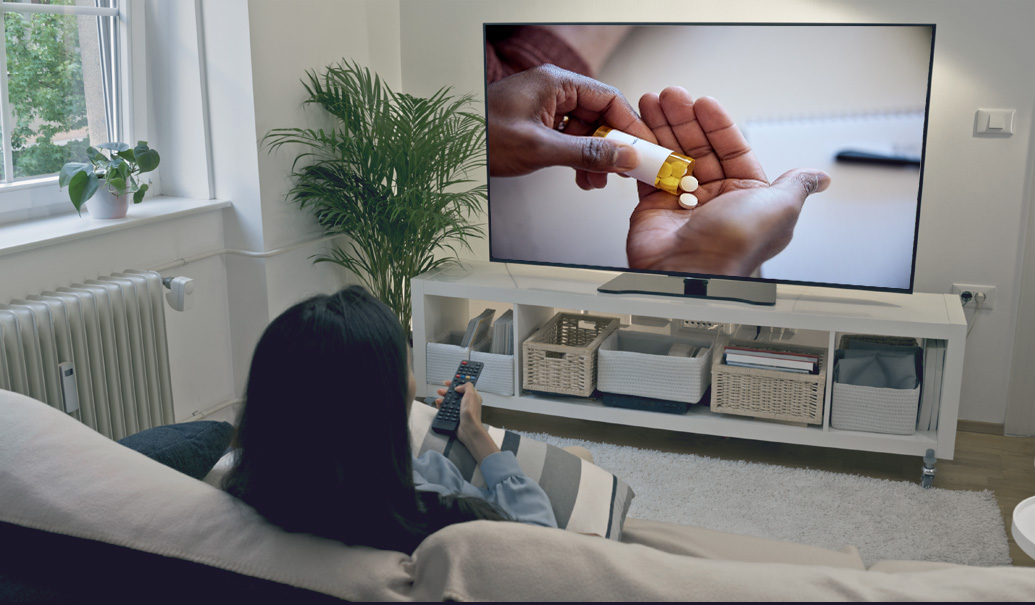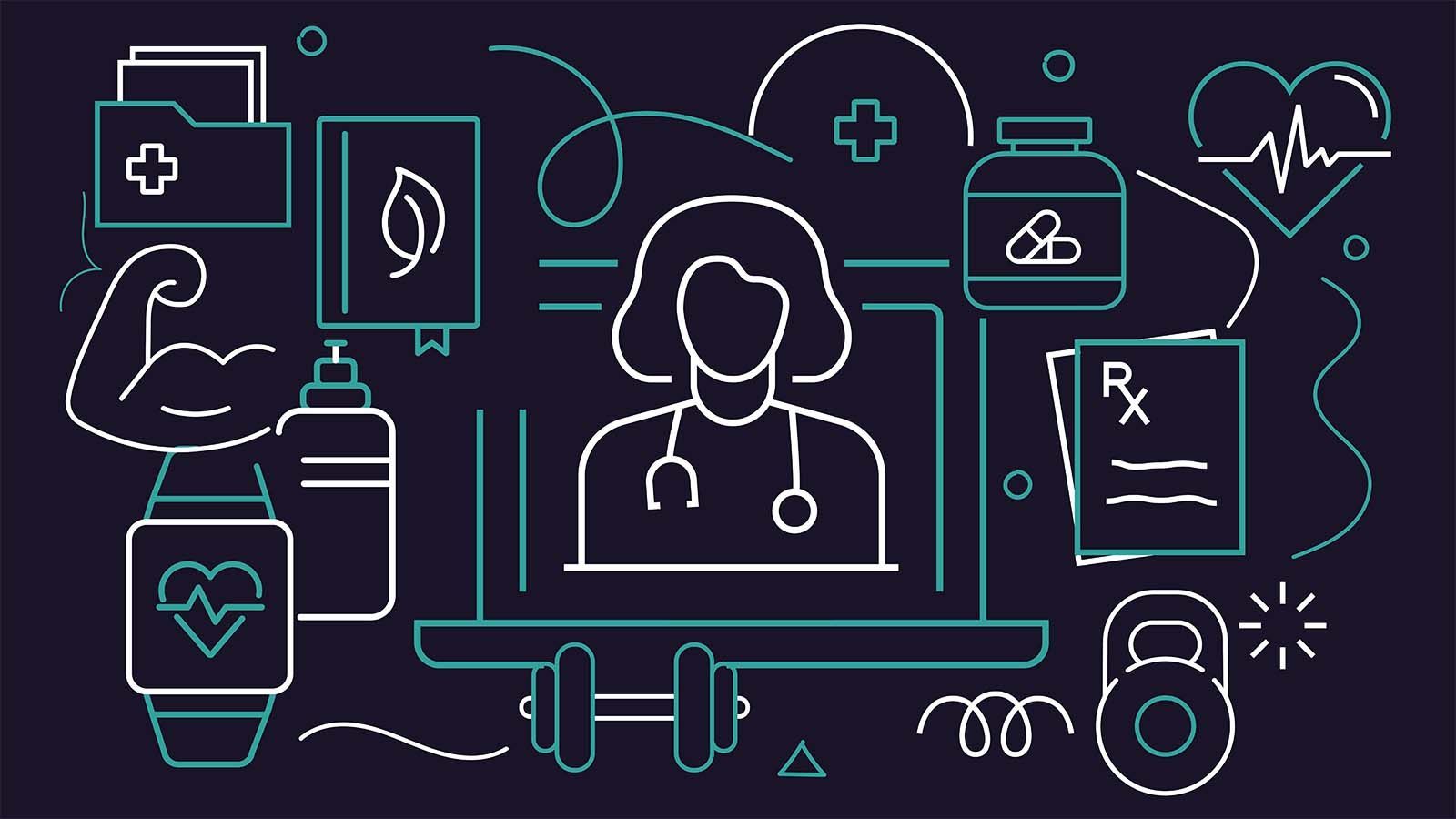Sometimes the human element can make all the difference.
Take, for instance, the story of Captain Chesley “Sully” Sullenberger, who was piloting U.S. Airways Flight 1549 in January 2009 when his plane hit a flock of geese, which disabled both of his engines. The flight’s systems suggested he should land at LaGuardia or divert to another nearby airport. But Sully’s years of experience and judgment told him those options were too risky. He made the split-second decision to land the plane in the Hudson River. His calm and decisive action saved all 155 souls on board. In the analysis that followed, people realized it was exactly the right decision given the circumstances.
Despite advanced avionics and autopilot technology, that human element—intuition, expertise, quick thinking—proved crucial when technology alone wasn’t enough.
An identity crisis in pharmaceutical sales?
Today, in pharma, people are asking a similar question: In an era of unprecedented technology, is there still value in the human sales rep? With the focus on omnichannel engagement and the pandemic limiting access to customers, organizations are struggling with whether they can have “digital only” engagement and whether they really need humans. And the short answer is: Yes. There’s an irreplaceable value of a human in the sales interaction, centering around something technology can’t yet do—garner trust.
Right now, however, there is a lack of clarity regarding the value of the rep and where human reps bring the most value. We’ve seen this in recent ZS research, which points to what we’re calling an identity crisis in sales:
- In the post-COVID-19 world, rep access to healthcare professionals (HCPs) is at historic lows. But sales reps remain the No. 1 line item in pharma company budgets.
- In oncology, the most restricted specialty in the U.S., companies are paying reps 50%-75% over market rates to hire experienced oncology reps for their launches.
- Our customers tell us that HCPs prefer that reps bring practice knowledge twice as much as they bring product knowledge, yet 90% of sales rep training is on the product.
With conflicting stats like these, it’s no wonder there’s an identity crisis in the sales force.
The unmistakable value of the human sales rep
To better understand the true value of the sales rep in a technology-led world, ZS conducted rigorous research to gather insights from the following sources: 20 customer interviews across specialties, four days of HCP office observations and a database of transcripts of 11,000 sales rep interviews and talent assessments we’ve conducted in the last decade. It turns out that the best sales reps do things that technology can’t do—just like Captain Sully did. Based on our analysis, we discovered five insights that get at the heart of what the value of a human sales rep really is.
- The best reps focus on patients, not prescriptions. These reps are engaged in the community around their disease state, focused on the health and needs of patients over their product. They attend the walks and the 5Ks and engage with the patient advocacy community—not because they are told to, because they “live and breathe” the disease state. And they are focused on patient outcomes, not just patient onboarding. This means being honest and willing to admit the shortcomings of their product. The result? Customers feel that they can trust the sales rep and their information—and that the sales rep cares about their patients. “I like the [reps] who know their product very well and they’re very honest. Something I like even more is they admit their product has some shortcomings. If they reveal that, it means they trust you,” one HCP commented.
- The best reps are focused on the things they hear, not just the things they say. They understand the nuances of how each office operates. They’re empathetic and actively listen for things that are important to their customers and their patients. And they can synthesize best practices and learnings across practices to help HCPs address challenges. They can provide insights into what customers are experiencing and how others have solved problems. As a result, HCPs feel respected, heard and validated. “[It’s good] when [the rep] has done some background work about what I like, what kind of research I’m running, what kind of patients I would be seeing, how their drug would be relevant to my practice,” an HCP told us. To this end, some organizations are experimenting with field feedback loops to understand what questions customers are asking and what barriers they’re facing. This context normally exists only in reps’ heads but is more helpful when it’s shared across an organization.
- The best reps are focused on the questions they answer, not just the messages they share. They transcend scripted responses and can answer a question credibly and confidently. They demonstrate genuine interest and understanding and confidently navigate tough or difficult questions. This confidence can be instilled through practice, education and celebrating success. This ability gives HCPs confidence that they are talking to someone who understands and values them and that they’re hearing credible information. “Once you have an initial discussion with a rep, they can customize their responses to your needs. I can ask them a specific question about how I’m handling a side effect or how often it’s happening. That information would be hard to find elsewhere,” an HCP said.
- The best reps help offices understand how to buy their product—not just why to buy their product. In this era of complexity in the healthcare ecosystem, often it doesn’t matter if your product is safer and more efficacious than the competitors, if the provider has access or infrastructure challenges (like drug storage, administration or prior authorization issues). The best reps can put their messages into the context of how to buy the drug, not just why (a concept inspired by sales expert Martyn R. Lewis in “How Customers Buy...& Why They Don’t”). And in this era of staff burnout and fatigue, the best sales reps aren’t insensitive to the realities of access or administration challenges—even if they’re not the ones compliantly allowed to help. The best reps can compliantly share experiences or lessons learned and connect their customers to resources that could help. As a result, customers feel supported and relieved that they don’t have to solve all these challenges on their own. We heard in our research, “I want to work with reps and brands who make it easy to quickly and efficiently get patients on treatment. This can be things like reaching out to help with co-pay assistance, highlighting what keywords to use for prior authorizations or sharing best practices to get a patient on treatment faster,” said one office manager.
- Finally, the best reps focus on supporting the practice, not their product. This is a mindset, an ethos for the best reps: They’re there to support the practice. In fact, the entire office lights up when the best reps walk in. These reps build relationships with the office staff and work in tandem with them to resolve problems. They’re familiar with the nuances of how each office operates and are able to respond quickly. This makes customers feel supported and appreciated. “[The physician] considers their current team of resources to be ‘my reps, my nurses and my staff.’ That’s how I get information to help patients,” one HCP said.
How human reps build trust and drive value
Each of these five insights, when boiled down to its essence, is about low self-orientation, intimacy, credibility and reliability—which are the building blocks of how one builds trust. The best reps are building a deep sense of trust with customers. This is something that technology just can’t do yet. It is the unmistakable value of a human.
In a world where HCPs have many demands on their attention and are bombarded with information, trust is paramount. One estimate says HCPs receive 1.4 touch points every working hour. In the past, pharma industry reps have largely served as messengers—focused on making their case and proving it. They educate providers on why their product is better than others. But we don’t need reps to be messengers anymore. Our digital channels are far superior at making cases with evidence, and providers feel they can gather these same details themselves.
We need reps to set the context for trust to earn the physician’s attention, to be believed, to be credible—so that brand messages can break through the noise. HCPs are unlikely to open blind emails, but they open their trusted rep’s emails much more regularly. HCPs are unlikely to click on banner ads, but you can believe they will click on an ad for the product “their trusted rep was telling them about.”
The best reps provide that context of trust. Instead of messengers, reps should become mainstays—the central pillars of support in an organization. Their true value is building trust, reliability and support for the customer. This is how we solve the identity crisis.
It’s true that companies still believe they need reps to deliver their messages. In fact, we observe many sales operations and effectiveness analyses that state the delivery of messages drives sales. But we believe the shift to thinking about reps as a mainstay will have a positive impact on the business:
- Customers are already asking to see these specific behaviors.
- The best reps have already been demonstrating these behaviors for decades and consistently delivering 50%-100% more sales.
- And if the reps set the context for trust and allow an organization’s messages and omnichannel to break through the noise, we see a further 2%-3% lift in sales.
This shift isn’t in conflict with driving sales. It’s how you get your messages to break through—by building trusted relationships. In an industry that has long over-indexed on channels, this approach fosters relationships that drive trust building.
Solving the sales rep identity crisis
How can organizations start to transform their reps from messengers to mainstays? Here are some first steps:
- The talent: Recast the role of the rep and provide appropriate learning, practice and coaching to help them make the transition. Some companies are starting to increase practice with virtual rep trainers on question handling, for example. Organizations can request demos of ZS “SFE at scale” offerings where they could practice and understand the degree of self-orientation and ability to handle messages and questions compliantly.
- The enablement: Companies should reimagine marketing to ensure they have content for reps that aligns with these principles. If we know that there are certain barriers on how to get a drug, provide content that addresses those barriers. For example, give the rep materials to leave behind to address the “how to buy,” not just the “why to buy.”
- The operations: In addition, we have to rethink sales ops. For example, if trust and relationships are paramount, maybe we shouldn’t be revising our sales territories as much anymore. We’ve done research that says it takes about three to four quarters before a relationship gets back to normal, but that’s in a messenger model. In a mainstay model, relationships are the focus. Advanced analytics can be incorporated into dynamic targeting and field suggestions programs to help meet customers’ needs.
- The measurement: Determine what metrics and incentives should be in place to move from delivering a message and start focusing on building the context for trusting customer relationships. Don’t be afraid to go “all in” on this change. Maybe the new “reach and frequency” is customer knowledge and insight?
The “mainstay” model aligns with ZS’s vision of the future commercial model. Previously, we’ve written about “unbundling the rep,” that is, deploying reps in the most relevant contexts and letting other channels and roles do their parts. Now we know how—in what contexts we should focus on the human element.
If we can empower our reps to foster the human connection and trust customers crave and become the mainstays of our organizations and our customers, then we’ll be able to truly unbundle the rep. We will have solved the sales rep identity crisis and given them the gift of purpose back.
The authors thank Jen Nealy, Bernadette Fahey, Emily Reynolds and Chris Morgan for their contributions to this research and this article.
Add insights to your inbox
We’ll send you content you’ll want to read – and put to use.
















